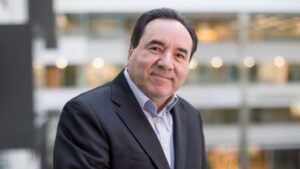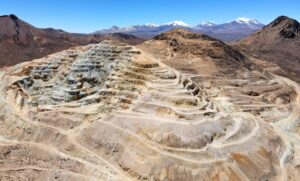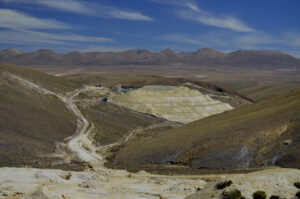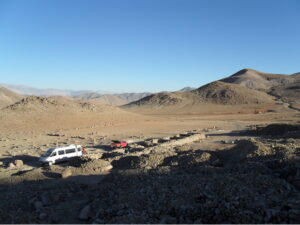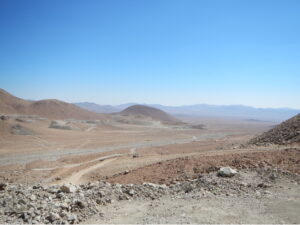
- Singapore | 14 May 2019
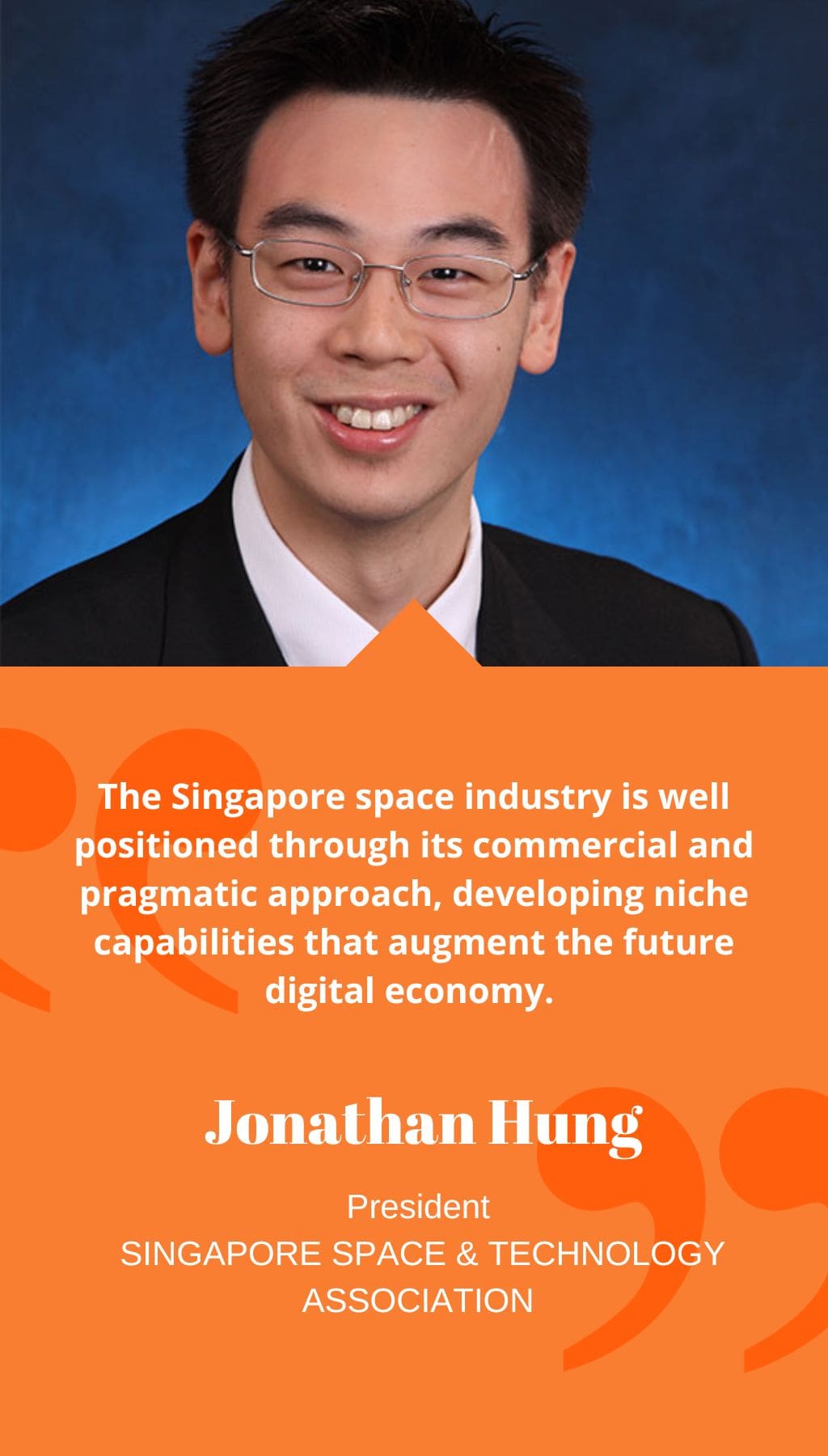
Could you describe the role that the Singapore Space and Technology Association plays, given that Singapore does not have a dedicated space agency?
The Singapore Space and Technology Association was founded to support the development of the space industry through B2B growth initiatives. We provide support to the companies operating within this sector given that Singapore does not have a dedicated space agency. Singapore is active in earth observation, telecommunications and navigation services, as well as small satellite design and manufacturing. We support partnerships between all companies and organizations. At the moment we represent 30 corporate members, which are both local and international.
What will the Singapore Space industry’s core focus be over the medium term?
Singapore has two focus areas which we are aiming to further develop: the design and manufacture of small, “Smart” satellites, and the advanced applications of satellites. Most institutions have a roadmap of five to 10 years, and manufacturing a satellite typically takes two to four years. We might not see large numbers of satellites going into space on an annual basis due to our desire to get the basics and foundation right, but there is a pipeline and ready potential to steadily increase our output capacity. From the university research satellite standpoint, we will probably see between four to five satellites designed, built and launched every two to three years. There are plans for our next range of satellites to allow for larger payload capacity. Due to the primarily commercial nature of our domestic space companies, there is a highly focused and deliberate approach to developing innovative, yet commercially sustainable programs. Homegrown space companies such as ST Electronics and SMEs have grown and successfully launched their own satellites and payloads, proving the model works. They are leading the way in Singapore in terms of satellite development and continue to embrace global partnerships.
What kind of services does Singapore offer in terms of earth observation?
Providing high-resolution, optical imagery on-demand is a strong market for Singapore. TeLEOS-1, ST Electronics’s domestically built and recently launched satellite, is positioned at a near equatorial orbit, differentiating itself over traditional polar orbiting satellites. This allows for higher revisit rates and is highly useful for a wide range of commercial, research and security clientele that need good imagery on demand. We are home to some of the best imagery processing capabilities in the region. For the past two decades, CRISP (the Centre for Remote Imaging, Sensing and Processing), which is based at NUS, has been operating as a non-profit ground station, receiving and processing imagery from a wide range of remote sensing satellites. They are recognized domain experts and an integral component of our local space ecosystem, providing dedicated ground station services to a global clientele.
What future trends can we expect to see in the future for the Singapore space industry?
It is becoming increasingly important for governments to justify space exploration in terms of social and economic returns. This means decreasing mission costs, increasing efficiency and mission life, and pursuing research and experiments that have the potential to improve aspects of life on Earth. The Singapore space industry is well positioned through its commercial and pragmatic approach, developing niche capabilities that augment the future digital economy. The SSTA continues to encourage our domestic space ecosystem to seek international, mutually beneficial partnerships, spur growth in the region, and perhaps be a regional hub for cutting-edge space innovation. To achieve all of the above, we recognize the need to build a strong talent pool of budding space engineers and scientists. The SSTA focuses heavily on space education initiatives, drawing on local talent, and partnering global experts to build and sustain interest: an interest and culture among our youth to be highly passionate about science, be at the forefront of technology, and create a meaningful future for the global society.



